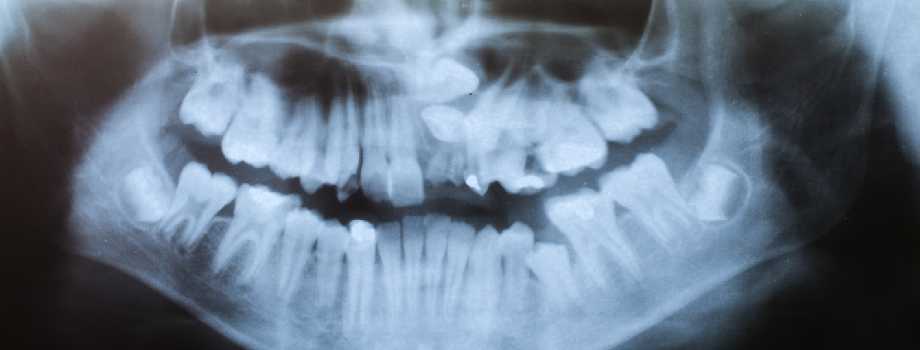Deformities or damage that is detrimentally impacting the upper jaw or the lower jaw has the potential to reduce the amount of bone that is present in the region. As a result, if you were to desire or require dental implants, there would not be a sufficient amount of bone in the area to successfully place those implants.
It does not matter if you have experienced a direct injury, are experiencing the effects of periodontal disease, have a growth or developmental issue, or have experienced some other type of trauma, ridge modification services will help prepare you for the placement of your implants and will greatly enhance the appearance and the functionality of your smile.
What is Ridge Modification?
Ridge modification – also known as “ridge augmentation” – is a type of bone grafting technique that aids in recreating the contour of both the jawbone and the gums immediately following the loss of teeth or bone. The teeth are supported by the alveolar ridge. This ridge surrounds the teeth.
If the ridge suffers from any type of trauma, it may start the process of deterioration. In turn, this results in an indentation of the jawbone. Dental professionals engage in the ridge modification procedure to restore both the width and the height of the alveolar ridge. This helps to enhance the aesthetics of the face and also allows for the placement of a necessary implant.
Why is it Important?
Ridge modification is a special procedure that actually re-grows the bone of the jaw so that it has the capability of accepting an implant. The jaw bone needs to have enough volume and a high level of consistency in order to accept a dental implant.
The type of modification technique utilized depends a lot of number factors. For example, the volume associated with the bone that requires regeneration and/or the area of the mouth where the dental implant will be placed.
Examples of techniques include the block graft, the guided bone regeneration, the infuse bone graft, or ridge splitting. Ridge modification is necessary so that the dental implant takes properly. Without a dental implant, the appearance and the functionality of the oral cavity is detrimentally impacted.
How is it Done?
Ridge modification starts by lifting the gum immediately away from the ridge so that the bone defect is exposed. That area is then filled with real bone or a bone substitute. This helps to build up the actual ridge. Once this is completed, the incision that was made is then closed. This is followed by the healing process.
The healing could take anywhere from a total of four to twelve months. Immediately following this time period, the dental implants may then be placed. There are some instances where an implant may be placed during the modification of the ridge.
It all depends on the severity of the issues that the patient is experiencing and what the dental professional thinks is best. For ridge modification in Wichita, contact us today!

